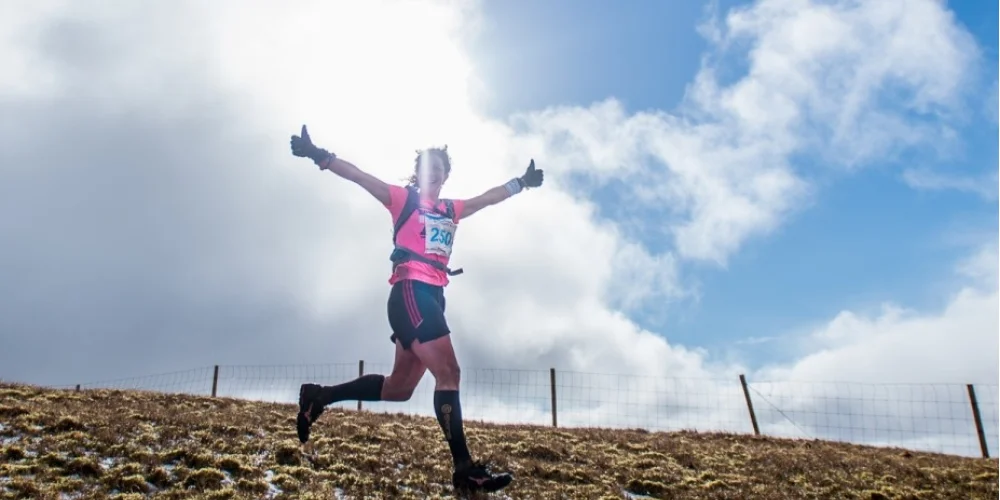While training in the heat can be a challenge, it certainly beats training in the rain! These 5 tips will help you to stay comfortable and safe while training in the heat.
1. Slow down.
It isn’t possible to train as hard in the heat as in more temperate conditions. Research has shown that the brain protects the body during exertion in the heat by constantly monitoring the core body temperature and limiting muscle activity to prevent the core body temperature from rising to dangerous levels. It’s actually the heat produced by the muscles, not environmental heat, which causes heat illness to occur. Environmental heat merely prevents body heat from dissipating. So don’t expect or try to perform at the same level on hot days. Instead, maintain your normal level of exertion and understand that you will not go as fast at this level of exertion as on cooler days.
2. Run early-or late.
If you take the time to acclimatise to the heat and adjust your pace properly on hot days, you can train safely in very high environmental temperatures. However, because you have to slow down, you can’t train as hard or get as fit in such temperatures as you can in cooler temperatures. So, train early in the morning and late in the evening-and perhaps even indoors sometimes-to avoid the highest temperatures of the day. You’ll have better workouts and you’ll feel more comfortable too.
3. Dress to sweat.
Sweating is the body’s primary cooling mechanism. When you train in hot weather, be sure to dress in clothes that allow this mechanism to do its job. Avoid wearing everyday clothes such as cotton t-shirts, which trap sweat and heat against the body. Instead wear technical apparel that is designed for your sport and made from moisture-wicking fabrics, which soak sweat from your skin and transfer it to the outer surface of the garment for evaporation. Light colours that reflect the sun are also preferable. And don’t forget the sunscreen!
4. Stay hydrated.
Drinking during hot-weather workouts will help your sweating system do its job better. By drinking throughout your training session, you’ll keep your blood volume close to normal levels, which in turn keeps your sweat rate high. And since oxygen is delivered to the muscles through the blood, maintaining your blood volume through drinking also enables your heart to deliver more oxygen per contraction, so you perform better than you can if you allow your body to become too dehydrated.
5. Listen to your body.
Ireland is experiencing increasingly hot temperatures. Heat stroke (as opposed to heat exhaustion) is an extremely serious condition with a mortality rate of up to 65% or can cause lifelong illness due to organ failure. Early signs of heat illness include fatigue, discomfort, lightheadedness, you stop sweating, disorientation and nausea. If you experience any of these, stop exercising, cool down and hydrate immediately.
Back

